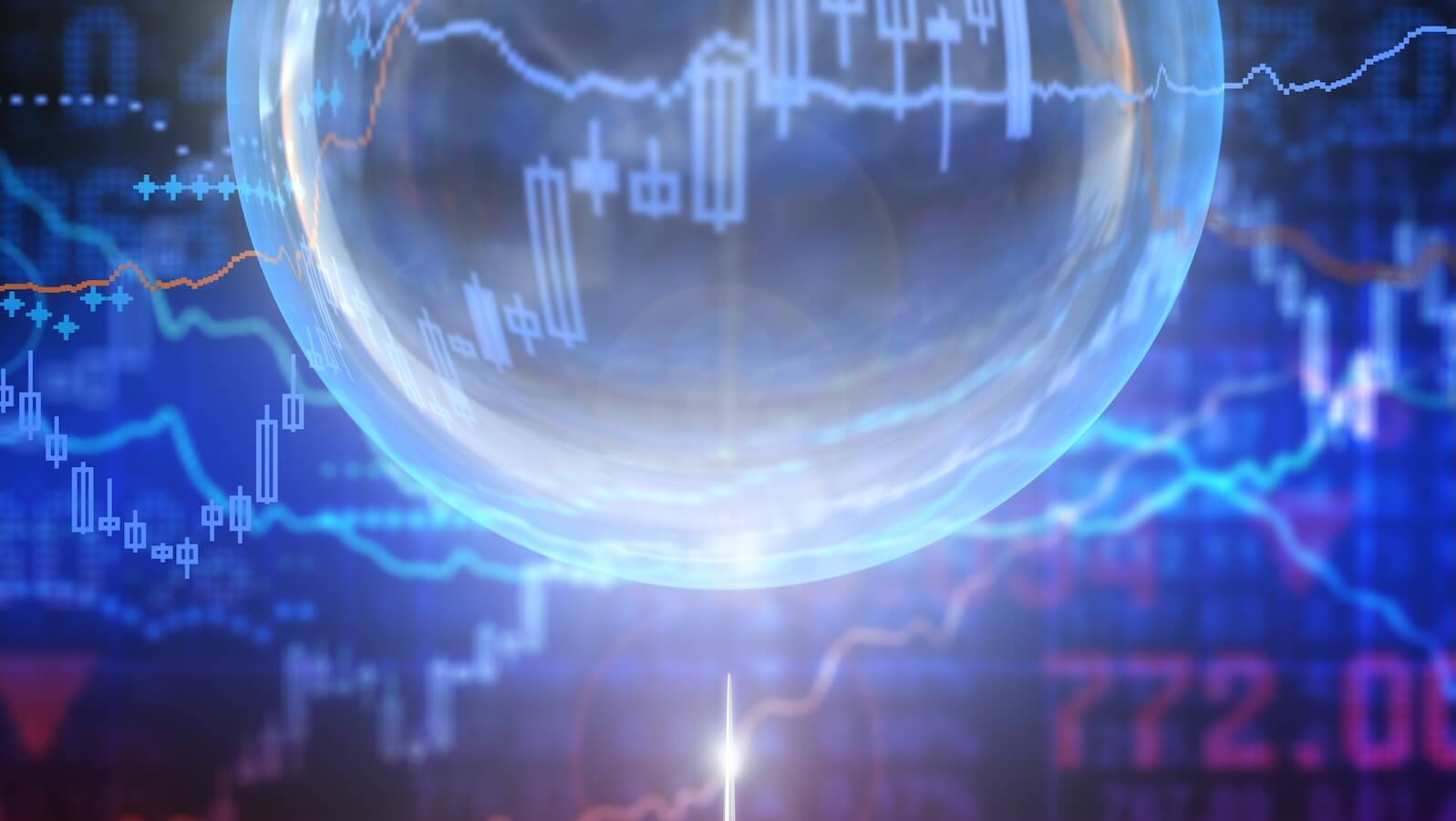WHILE WORLD STOCK MARKETS ARE OVERBOUGHT, JAPAN PROVIDES GLOBAL VALUE
WORLD INDEX IS OVERBOUGHT ... The Dow Jones World Index is now in overbought territory. Chart 1 compares the 14-week RSI oscillator to the Index since 1998. An overbought reading occurs when the RSI is over 70. A oversold reading occurs when it's under 30. The weekly RSI line has done a good job of warning of extremes in the world's stock markets. It gave an overbought reading at the end of 1999 just before the start of a global bear market. A "negative divergence" during the first quarter of that year occurred when the DJW hit a new high, but the RSI line didn't (see first arrow and circle). When the DJW hit a new low near the end of 2002, the RSI line didn't (see second arrow and circle). That created a "positive divergence" between the two lines. What I'm concerned about now is a possible "negative divergence" in the World Index as we start 2005. The RSI has moved over 70 twice this year -- once at the start and once at the end. The second move over 70, however, was lower than the first (see third arrow), although the World Index has moved to a multi-year high. At the very least, it's a warning that the global rally is over-extended and in need of some consolidation or corrective action. That doesn't inspire confidence in committing new funds to global stocks at this point in time. Although foreign markets have done better than the US over the past year (owing to a weak dollar), most of the world's stock markets rose during 2004. The fact that they've been closely correlated to the upside also means that any downturn would probably impact all of them. Except for Japan.

Chart 1
JAPAN HAS LAGGED BEHIND THE WORLD... Japan had the worst year of the world's major stock markets. Chart 2 shows the Nikkei Average peaking in April of 2004 and trading down until December. The Nikkei/DJW ratio has been falling all year, which shows how much Japan has lagged behind the rest of the world. That's the bad news. The good news is that the Nikkei ended the old year having just risen to an eight-month high and breaking its 2004 down trendline. The 2004 chart has a "coiling" look to it which is usually a bullish pattern (like a triangle). The ratio line also jumped during December which is an early sign that Japan may be starting to play catchup with the rest of the world. If the world is overbought, and an investor wants to be truly diversified, one place to look may be Japan. Its weak correlation to the rest of the world could come in handy if the rest of the world starts to weaken.

Chart 2
BUYING JAPAN iSHARES... One of the simpler ways to buy into the Japanese market is with an Exchange Traded Fund (ETF). It trades like a stock and provides exposure to a basket of Japanese stocks. It's symbol is EWJ and it trades on the American Stock Exchange. Chart 3 shows the Japan iShares having just broken out to the highest level since last spring. It's relative strength ratio is plotted against the Europe Australia and Far East (EAFE) Index which is the main benchmark for international stocks. The falling ratio line since the spring shows that the EWJ has been a global laggard. The arrow to the bottom right, however, is just starting to rise. If you're looking for global value, Japan may be the place to Look. If you're looking for a way to do it, Japan iShares may be the answer. Rising energy prices (and commodities in general) worked to the advantage of natural resource exporters last year and to Japan's disadvantage (Japan imports all of its oil). If the dollar strengthens during the first quarter, and commodities soften, that could work to the disadvantage of some of last year's global stock market leaders and to the advantage of Japan.

Chart 3










